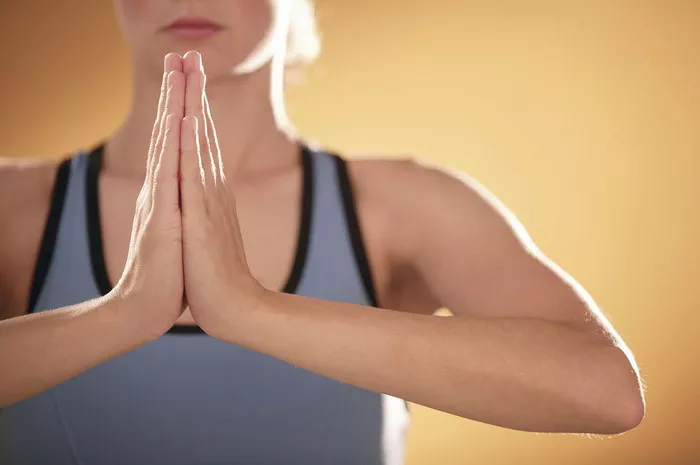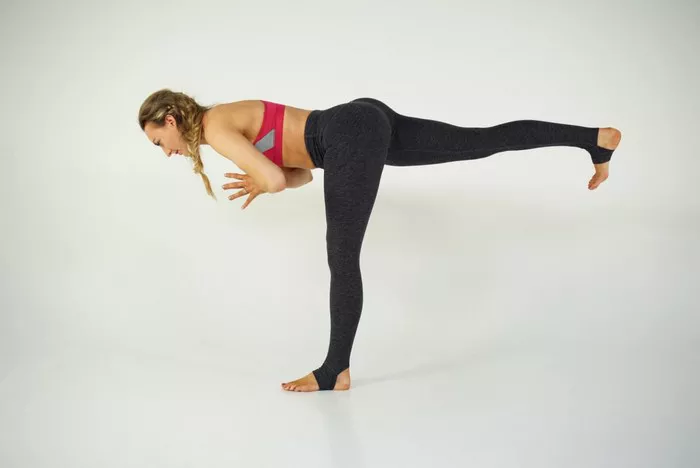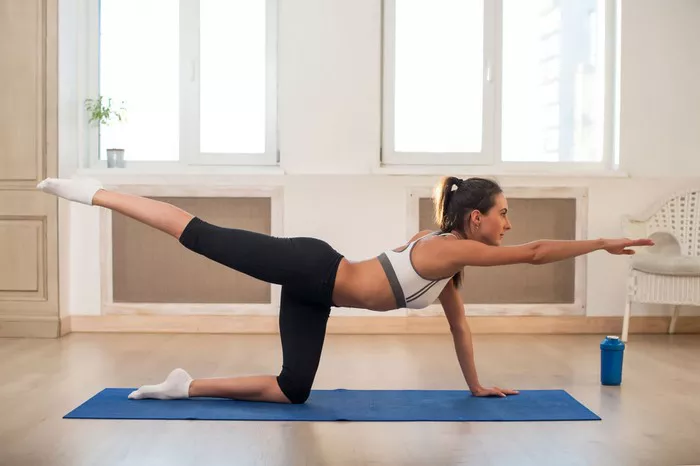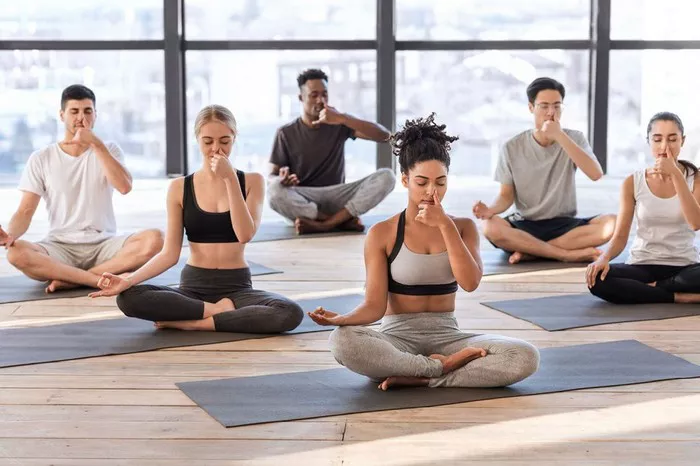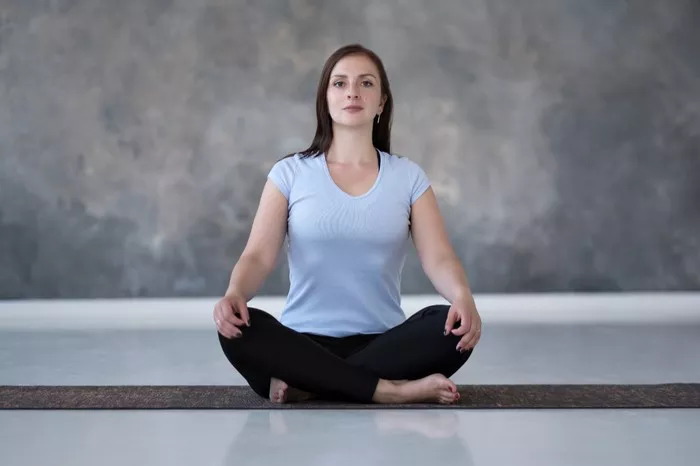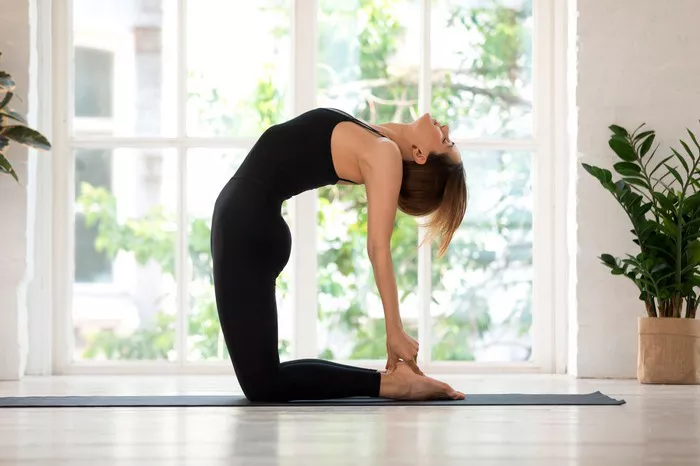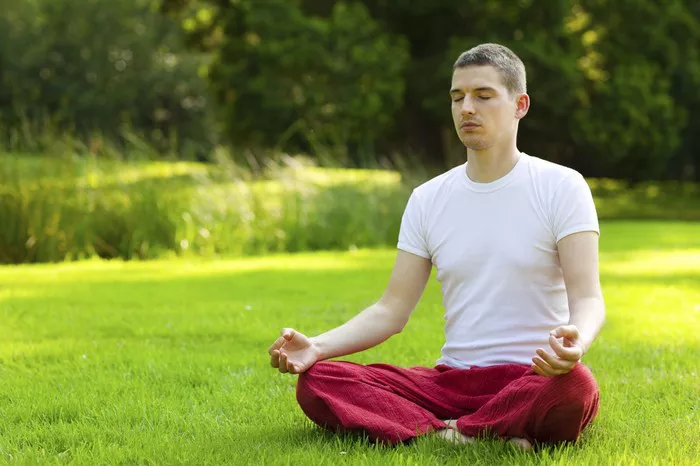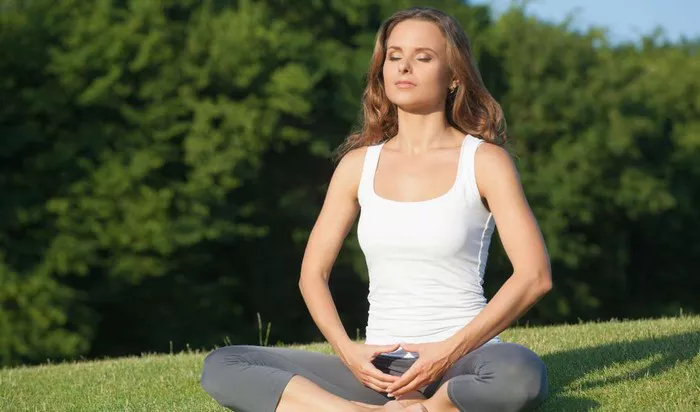The Crane Pose, known as Bakasana in Sanskrit, is a popular arm balance posture practiced in various styles of yoga. Often considered a beginner’s arm balance, it requires both physical strength and mental focus, making it a powerful asana for building confidence and deepening one’s practice. In this article, we will explore the many benefits of the Crane Pose, both from a physical and a mental perspective. By understanding these benefits, practitioners can enhance their yoga experience and enjoy a deeper connection with their body and mind.
What Is the Crane Pose?
The Crane Pose is an arm balance posture that involves balancing your body on your hands while keeping your knees tucked toward your upper arms. It is often taught as one of the first arm balances in yoga due to its relatively simple nature compared to more advanced postures, such as the Crow Pose (Kakasana) or Handstand (Adho Mukha Vrksasana). While the pose may appear challenging at first glance, with regular practice, it becomes a rewarding pose that enhances strength, balance, and flexibility.
To get into the Crane Pose, begin in a squat position with your feet firmly grounded on the mat. Place your hands shoulder-width apart on the floor and gradually shift your body weight onto your hands while lifting your hips. As you lift your hips, bend your elbows slightly to create a strong base and bring your knees to the backs of your upper arms. Engage your core, and carefully lift your feet off the ground. Keep your gaze focused ahead to maintain balance, and breathe deeply as you hold the pose.
Physical Benefits of the Crane Pose
The Crane Pose offers a wide range of physical benefits, including increased strength, flexibility, and coordination. Let’s dive into each of these benefits:
1. Strengthens the Core
One of the most significant benefits of the Crane Pose is its ability to strengthen the core. As you balance on your hands, your core muscles are engaged to maintain stability and control. The abdominal muscles, including the rectus abdominis, obliques, and transverse abdominis, work together to stabilize the torso and prevent the body from tipping over. The stronger your core, the easier it will be to hold the Crane Pose and other challenging asanas that require balance.
A strong core is crucial for many daily activities, from lifting heavy objects to maintaining good posture throughout the day. By practicing Crane Pose regularly, you can improve your core strength and overall stability.
2. Improves Arm and Wrist Strength
Another major benefit of the Crane Pose is the development of arm and wrist strength. As you support your body weight on your hands, your arms and wrists are activated and strengthened. The biceps, triceps, and forearm muscles work to hold the pose, while the wrists develop the necessary flexibility and strength to bear the load.
For those who may experience wrist discomfort or weakness, practicing the Crane Pose (with proper alignment) can help build wrist strength over time, making it easier to perform other yoga poses that require wrist support, such as Plank Pose (Phalakasana) or Downward-Facing Dog (Adho Mukha Svanasana).
3. Enhances Balance and Coordination
The Crane Pose is an excellent way to improve balance and coordination. Balancing on your hands requires a heightened sense of spatial awareness and the ability to shift your weight in a controlled manner. Through consistent practice, the body learns how to adjust its center of gravity to maintain stability, even in more difficult postures.
This enhanced balance translates to other areas of life. Whether you’re engaging in sports, performing daily tasks, or simply walking, improved balance and coordination contribute to greater ease of movement and a reduced risk of falls.
4. Tones the Upper Body
While the Crane Pose primarily engages the core and wrists, it also offers significant upper body benefits. The muscles of the shoulders, chest, and upper back are activated as you lift your body off the ground and hold the pose. The more you practice, the more toned and defined your upper body muscles become.
A toned upper body is not only aesthetically pleasing but also supports proper posture and helps prevent shoulder and back pain, which are common in people who sit for extended periods.
5. Opens the Hips
To enter the Crane Pose, you must first squat down deeply, bringing your knees close to your upper arms. This deep squat opens the hips and stretches the hip flexors, which can become tight due to prolonged sitting or sedentary lifestyles. The deeper you squat, the more the hips open, and this can lead to increased flexibility and range of motion in the hips over time.
Open hips are beneficial for various yoga poses, such as Lotus Pose (Padmasana) or Pigeon Pose (Eka Pada Rajakapotasana), and they contribute to better overall posture and reduced tension in the lower back.
6. Strengthens the Back
While the Crane Pose is primarily focused on the front and sides of the body, it also strengthens the back. As you engage your core muscles to hold the pose, the muscles along the spine (such as the erector spinae) are activated to stabilize the back and prevent it from rounding. This back strengthening can improve posture and alleviate chronic back pain, which is often caused by poor posture or weak back muscles.
7. Improves Flexibility
Although the Crane Pose requires significant strength, it also encourages flexibility, especially in the legs and lower back. The deep squat required to enter the pose stretches the hip flexors and groins, while the act of lifting the body off the floor can stretch the hamstrings and calves.
Practicing the Crane Pose regularly will gradually improve flexibility, particularly in the hip and leg areas, which are important for other yoga poses and athletic movements.
Mental and Emotional Benefits of the Crane Pose
While the physical benefits of the Crane Pose are well-known, the pose also offers numerous mental and emotional benefits. These are equally important in a comprehensive yoga practice and contribute to overall well-being.
1. Increases Focus and Concentration
To successfully hold the Crane Pose, you must maintain mental clarity and focus. The act of balancing on your hands requires intense concentration, as your mind needs to direct the body to stay centered and stable. In yoga, this form of concentration is referred to as dharana, or focused attention.
By practicing Crane Pose, you cultivate the ability to concentrate and be present in the moment. This mental discipline can carry over into other aspects of your life, helping you stay focused at work, school, or during personal tasks. It also improves your ability to stay calm and centered during stressful situations.
2. Boosts Confidence and Self-Esteem
For many yoga practitioners, achieving the Crane Pose for the first time is a significant milestone. This sense of accomplishment can provide a tremendous boost to self-confidence and self-esteem. Overcoming the fear of falling and learning to trust your body creates a sense of empowerment.
With regular practice, you’ll begin to notice improvements not only in your physical abilities but also in your mindset. The more you practice and succeed in the Crane Pose, the more you will believe in your capabilities, both on and off the mat.
3. Enhances Mental Clarity
The Crane Pose, like many arm balances, challenges the body and mind simultaneously. As you hold the pose, you must tune out distractions and focus solely on your body’s movements and alignment. This mental clarity is a form of mindfulness that helps quiet the mind and reduce mental chatter.
By practicing Crane Pose, you train your mind to let go of external distractions and stay grounded in the present moment. This mindfulness can improve overall mental well-being and reduce feelings of anxiety and stress.
4. Reduces Stress and Anxiety
When we face challenges—whether on the yoga mat or in life—we often experience heightened levels of stress and anxiety. However, through consistent practice of arm balances like the Crane Pose, we learn to stay calm under pressure. The focus required in the pose encourages deep, rhythmic breathing, which activates the parasympathetic nervous system and helps to reduce stress.
Regular practice of the Crane Pose, along with other yoga poses, can lead to a greater sense of emotional balance and stability. This emotional regulation helps manage feelings of anxiety and stress, providing a greater sense of calm and relaxation.
Tips for Practicing the Crane Pose
While the Crane Pose offers numerous benefits, it can also be quite challenging, especially for beginners. Here are some tips to help you safely and effectively practice the pose:
Start with Preparation: Before attempting the Crane Pose, warm up your wrists, shoulders, and hips with poses like Downward-Facing Dog, Plank Pose, and Puppy Pose. This prepares your body for the demands of the pose.
Engage Your Core: Engage your core muscles by drawing your navel inward toward your spine. This will help stabilize your body and prevent you from falling.
Use Blocks for Support: If you’re new to the Crane Pose, you can practice with yoga blocks under your feet to give yourself a bit of extra height. This allows you to focus on the alignment and balance without worrying about falling.
Keep Your Gaze Forward: Fixing your gaze on a spot in front of you will help maintain your balance. Avoid looking down at your hands, as this may destabilize the pose.
Practice Patience: The Crane Pose requires time and practice. Don’t be discouraged if you can’t hold it for long at first. With regular practice, your strength and balance will improve.
Conclusion
The Crane Pose is a powerful asana that offers a wide range of physical, mental, and emotional benefits. From building core strength and improving balance to increasing mental clarity and boosting confidence, this posture is an excellent addition to any yoga practice. Whether you are a beginner or an experienced practitioner, the Crane Pose can help deepen your connection to your body and mind, while providing valuable lessons in focus, perseverance, and self-belief. With consistent practice, you’ll experience both physical transformation and personal growth, making the Crane Pose a truly rewarding practice in your yoga journey.
Related Topics:

